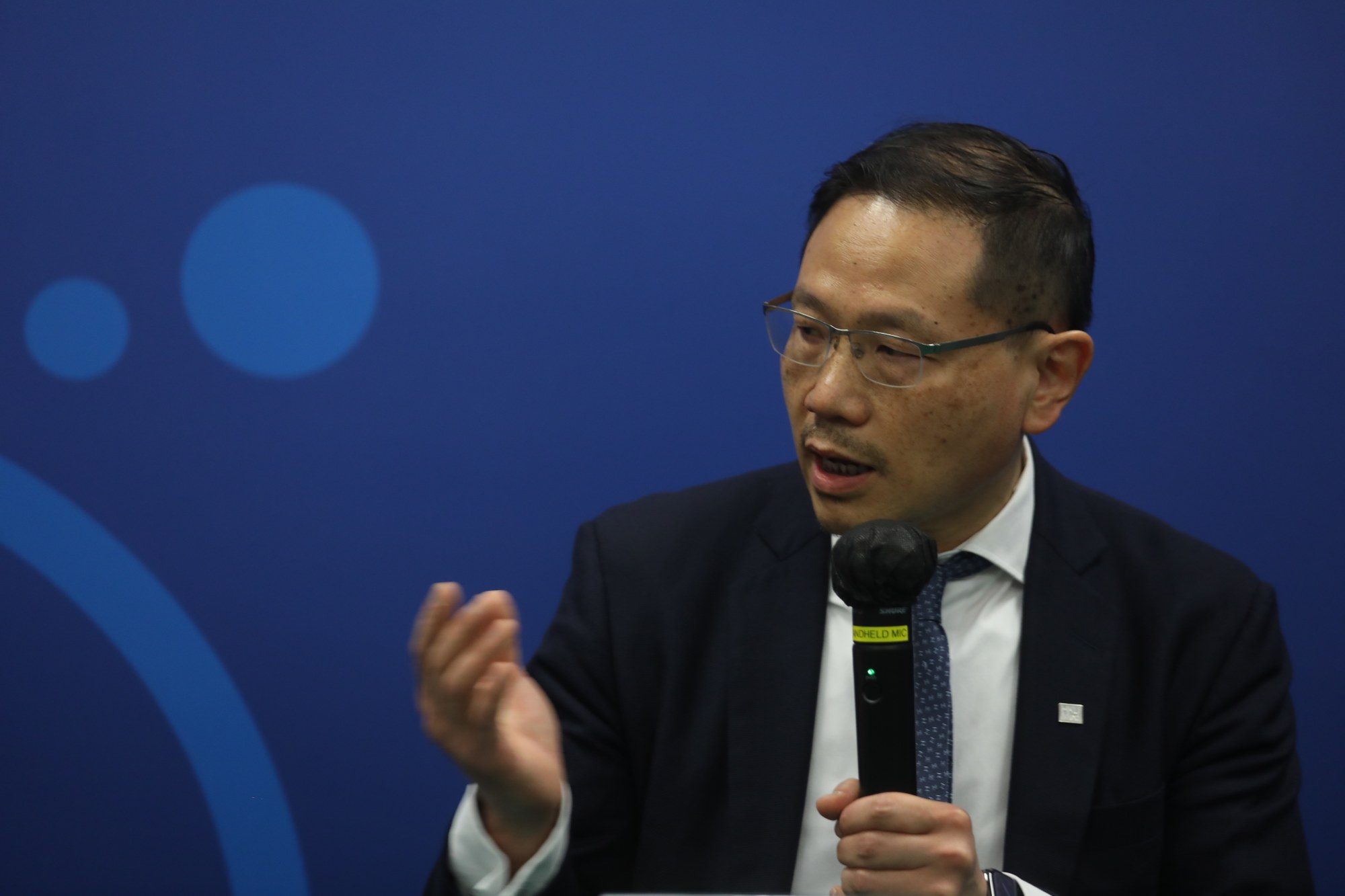
Hong Kong should teach CPR in classrooms or at driving schools to reduce deaths, leading medical expert says
- Greater public awareness of risks of heart failure also needed as victims often had no idea they were at risk, says University of Hong Kong’s Professor Tse Hung-fat says
- In Hong Kong, sudden cardiac death strikes 31 out of every 100,000 people, with men especially at risk, he warns
Every student in Hong Kong or resident taking their driving test should be required to learn how to perform cardiopulmonary resuscitation (CPR) to reduce the number of people who die from sudden cardiac arrest, a leading medical expert has said.
Professor Tse Hung-fat, the chairman of the University of Hong Kong’s department of medicine and a prominent cardiologist, on Thursday said greater public awareness of the risks of sudden heart failure was also needed as victims often had no idea they were at risk.
“The global incidence of sudden cardiac deaths is not rising, but unfortunately after so many [advances in] treatment and medicine over the past 10 to 20 years, the incidence rate has not dropped,” he said.
“It is because our latest developed treatments mostly target those who have been diagnosed with related diseases. But those who actually die of sudden cardiac deaths are those who had no idea that they were ill.”

Tse is among 30 experts from around the world invited to join the Lancet Commission to Reduce the Global Burden of Sudden Cardiac Death, established on Sunday.
The experts spent three years researching sudden cardiac deaths around the world and published their findings in The Lancet medical journal last week. They found that globally, most victims had appeared to be healthy but were suffering from coronary artery disease.
Sudden cardiac death struck 31 people out of every 100,000 people in Hong Kong, Tse said. Men were especially at risk, with the figure for males standing at 40 and the number for women at 22.
Among victims under the age of 35 and whose bodies underwent an autopsy, 45 per cent had coronary artery disease and acute coronary syndrome, half of whom had never been diagnosed. For victims 35 or above, two-thirds had cardiovascular disease, he added.
One way to reduce the number of sudden cardiac deaths in the city was to make sure members of the public knew how to perform CPR, Tse said.
But he added few people had been taught the technique.
Tse suggested CPR training should be made mandatory for secondary school pupils or people getting their driving licence.
“If the bystander CPR rate can go up, I hope that the survival rate of sudden cardiac arrest will be increased,” he said.
Bystander CPR is a term for people who are not responding to a cardiac arrest as part of an organised emergency response system.
Deaths could also be reduced by better use of technology, such as apps that could locate nearby people with first aid knowledge, Tse added.
He said the government should also maintain a database of victims of sudden cardiac deaths and conduct a citywide survey to gather more information about its prevalence so researchers had more statistics to better understand the risks.
“For patients who died … at home and were sent to the emergency room by the fire department, the data is not complete as we do not have a centralised registry,” he said.
“It was time-consuming for us to conduct the research as we needed to dig up the records from the fire department and emergency rooms.”
Tse highlighted the autopsy rate for victims aged 65 or more was only 10 to 40 per cent, but for those younger, the proportion was 50 to 80 per cent.
“The acceptance among Asians towards autopsies conducted on family members is low. There are also very few pathologists in charge of autopsies in the government,” he said.
“This is why globally we do not have much progress in preventing cardiac deaths. We do not clearly know the reasons behind all these deaths.”

